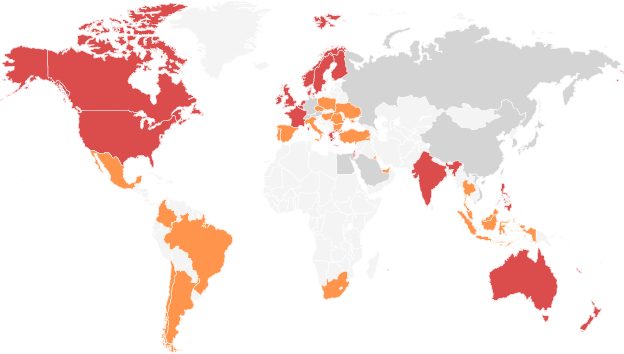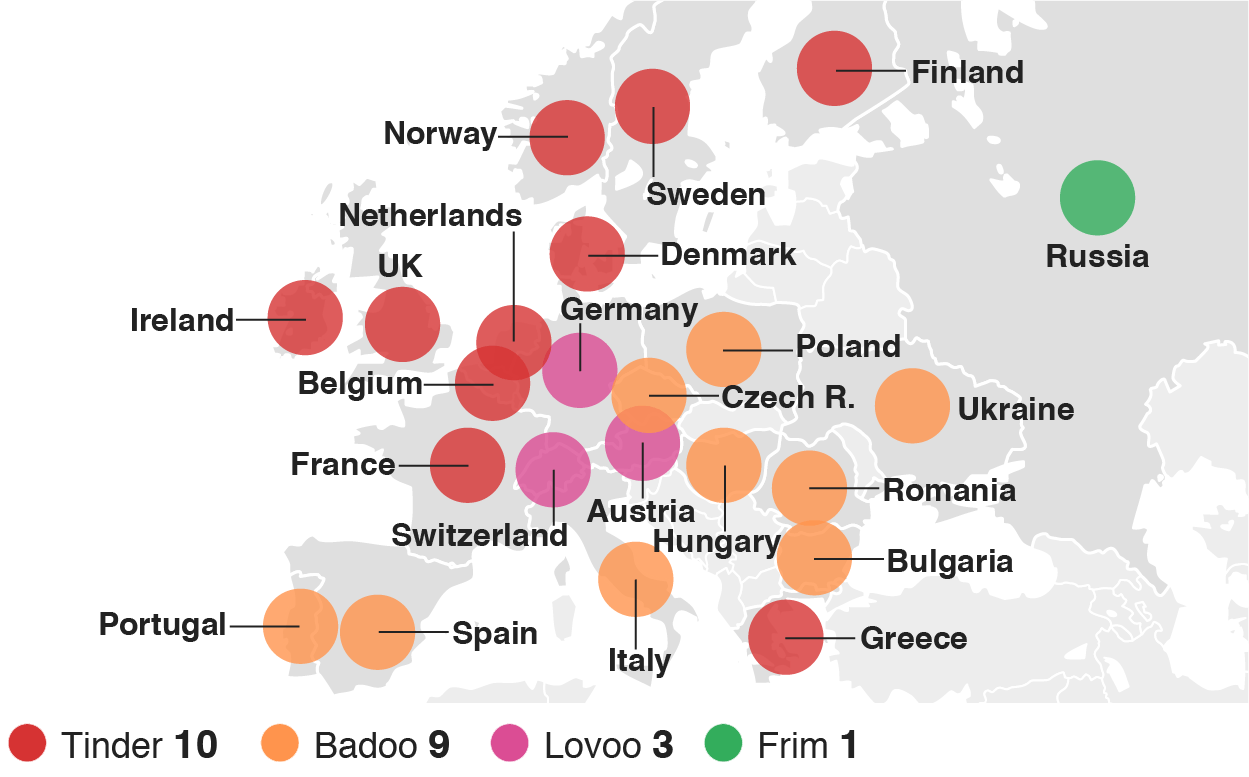The changing perception towards online dating
Question: Where is the most populated place on Earth? Take a guess.
Surprisingly, it’s not China, nor India. While China technically is the most populated nation, Facebook’s monthly users have now surpassed its population by approximately 20 million.
Given the sheer number, there is nothing weird about meeting new people and nurturing new relationships on social media. So what’s the big deal about finding your life partner on the Internet?
Personally, I know some friends who found their ‘soulmates’ on dating websites and are happily married with babies ever since. But it wasn’t until the rise of mobile dating apps that transformed this trend to a ubiquitous hooking-up tool. Perhaps some couples might have been hesitant to answer that they had met on OKCupid, say, five years ago. Well, not anymore.
Such stigma is almost gone – as an increasing number of single people swipe on Tinder. If eHarmoney, Match.com and the likes are ‘the first big wave of online dating’, then we are in the age where the current generation of tech geniuses consider dating apps are an integral part of their social life.
Sure, not every user on Tinder or Bumble has the same goal of finding ‘The One’ (you know what I mean). Nonetheless, the data from Telegraph pointed out that ‘around 35 per cent of all British couples will meet online in the near future – according to dating site eHarmony, that will be 70 per cent by 2040’.
It really is the new normal.
The geographic differences of online dating
Today there are approximately 1400 dating sites of varying user size, characteristics and business models in the UK alone, says Inline Policy. If we look at the global scale, the picture is even more fragmented. From the BBC website, London-based Badoo and Tinder are the fastest growing online dating sites worldwide, notably across Europe, North America and Southeast Asia. However, a closer look reveals the landscape is rather complex.


(Graphs via BBC website)
While Europe shows a strong dominance of Tinder and Badoo (except Russia), they face a fierce competition with local and country-specific dating apps across East Asia. In China, Tinder hasn’t quite made it to the top as Momo, which existed prior to Tinder, remains ubiquitous with its 180 million users worldwide. Others range from a complete rip-off version of Tinder called Tantan to a quirky dining partner finder Qing Chi Fang and a gay people’s dating app Blued which has 15 million users.
One of the secrets of their successes? They know exactly what their love-hungry and tech-savvy singles want. But some are moving beyond the traditional match-making services: Blued offers ‘LGBT news feed and travel maps to find gay spots in cities like Toronto and Los Angeles’. Similarly, Grindr is expanding to its app to live streaming fashion shows and carry some social missions according to Dazed.
The algorithms for love searching
Regardless of the variety, many seem to share the modern dating obstacles arising from tech-obsessed and time-compressed lifestyles. And much of the successes of Tinder and the likes across the world can be attributed to the efficiency and speed that virtually wiped out the long process of sign-up (oh, the precious time we spent filling in the 3 page-long profile fields on Sundays) and old-fashion messaging.
Thanks to modern algorithms, dating apps have drastically shortened such dull steps.
Take Tinder, for instance. In addition to its hyper-localised matching algorithms, it now uses education and employment (plus Super Like button) as new data points to find prospective matches (via TechCrunch). But they’re just a few that Tinder revealed to be using – as TechCrunch added that “Tinder can pay attention to various preferences of their users, such as a user’s propensity to swipe right on girls who like whiskey or guys who use emojis in their profile”.
The future of algorithmic dating apps would match couples much more precisely and quickly, without the need to fill in any cumbersome questionnaire. Long questionnaires are no use when you don’t even know what exactly you’re looking for. But the future of algorithm will get further information from our online behaviors such as link we clicked and social media posts, revealing ‘subconscious desires and our deepest wishes’.
It’s not all about emotion-less algorithms.
Everybody knows randomness and chemistry also contribute to perfect dates. You can’t take out emotion out of number-dominated dating formulas. If we simply leave our destiny to the numbers and algorithms of an app, then would any of us be bothered to care about love at the first sight? Or even a crush on random strangers? (Well, there appears to be an app for that – Happn that helps you to find the one who crossed the paths with.)
And an even further look into the future, the art of match-making will be redefined by emerging technologies like full sensory VR to behaviour-based matching. Well, we will see how those will help us find the right partner without ruining the romance of serendipity. (But again, we all know that the reality doesn’t quite work like romantic comedies, and there is simply not enough Ryan Reynolds.)
Finding a niche…
One thing that is almost certain about the future of dating apps is that we’ll see more quirky and highly niche dating apps like Bristlr for beard lovers, Strava (to some extent) for cyclists and loveflutter for those who’re sick of swiping left.
At the other end, there’ll be more controversial but potentially game-changing models such as Lulu, a female-friendly dating app that lets women rate men. Well, as the Internet is already rife with reviews, the move seems logical (though we might need to be critical about the moral side of it).
Ok, enough of talking. Let’s get to the bottom line: despite the diverse concepts and models, every innovative dating app reminds us one important thing: they’re all designed to facilitate offline connections. Whether that’s the smart algorithm or user-friendly design or niche marketing, apps that make it quicker to meet offline always leads the game.
(Image via)







0.Comments